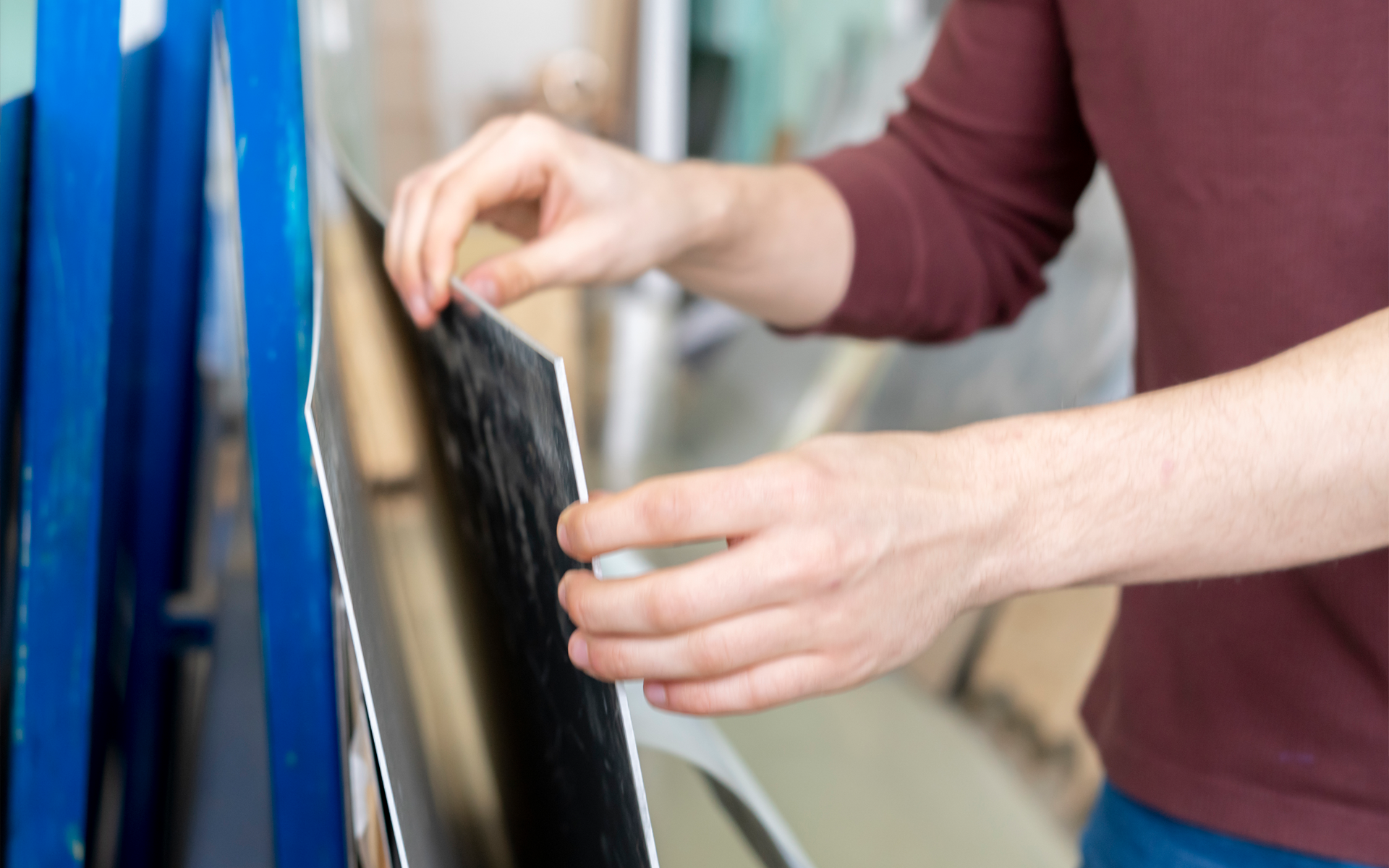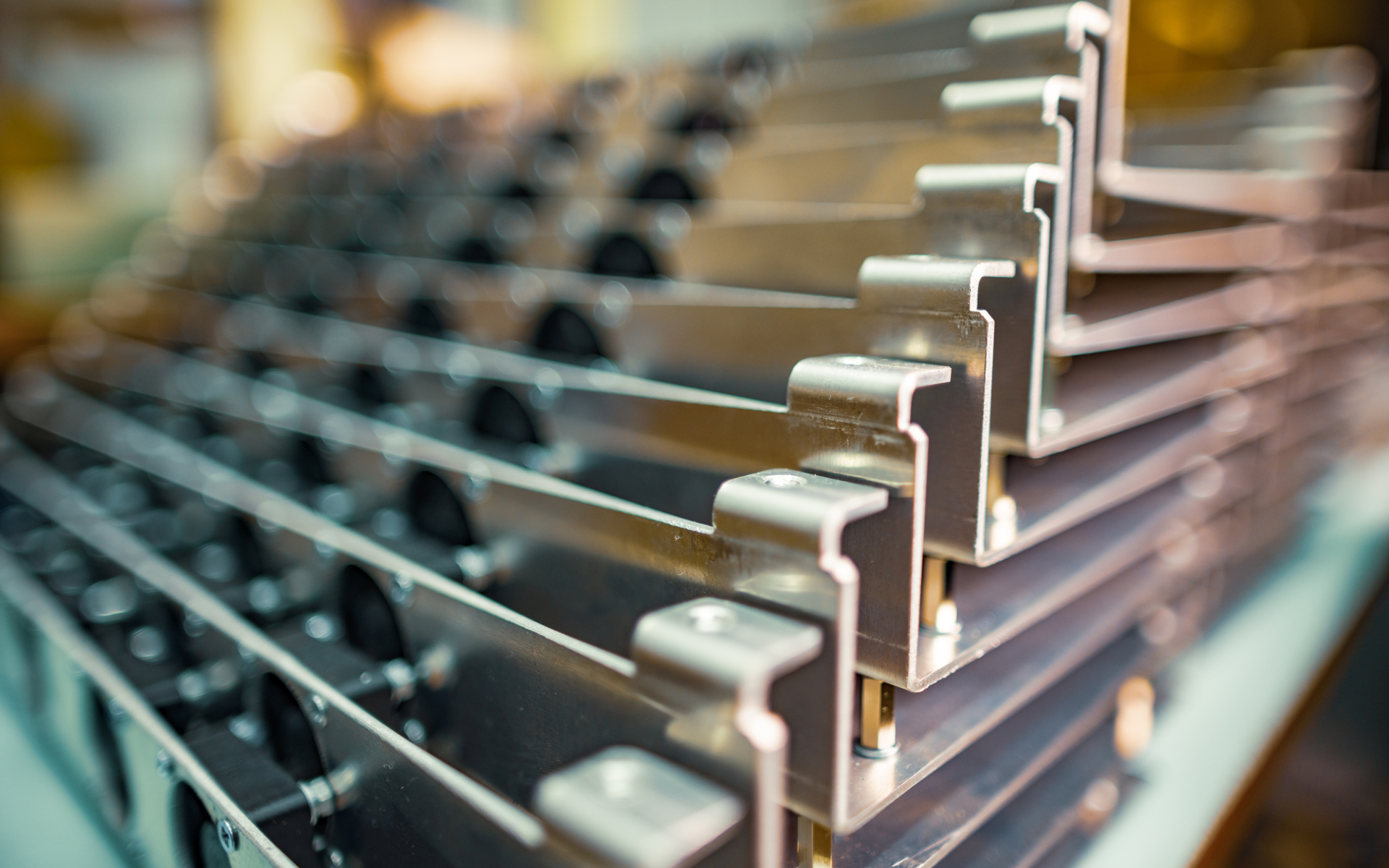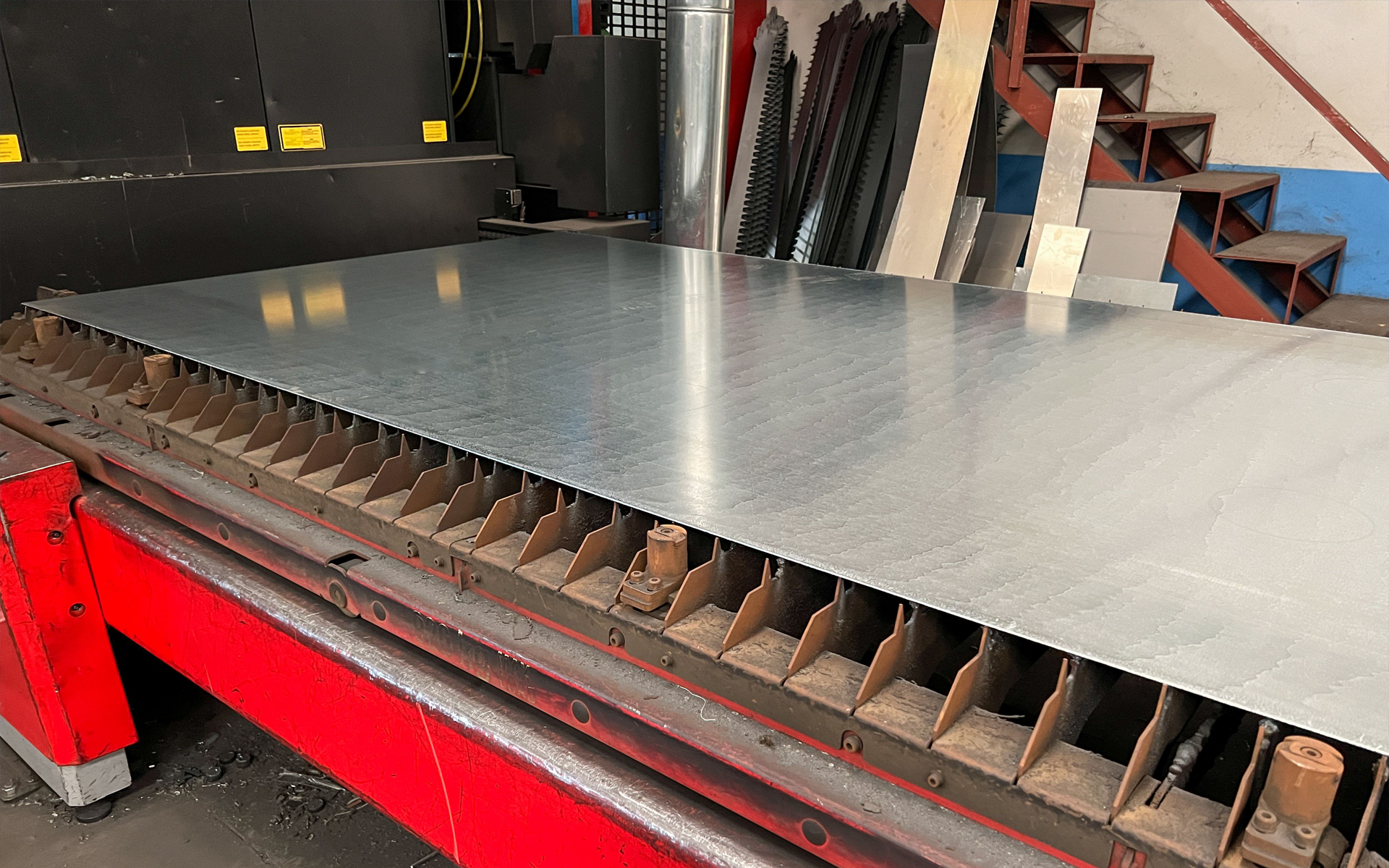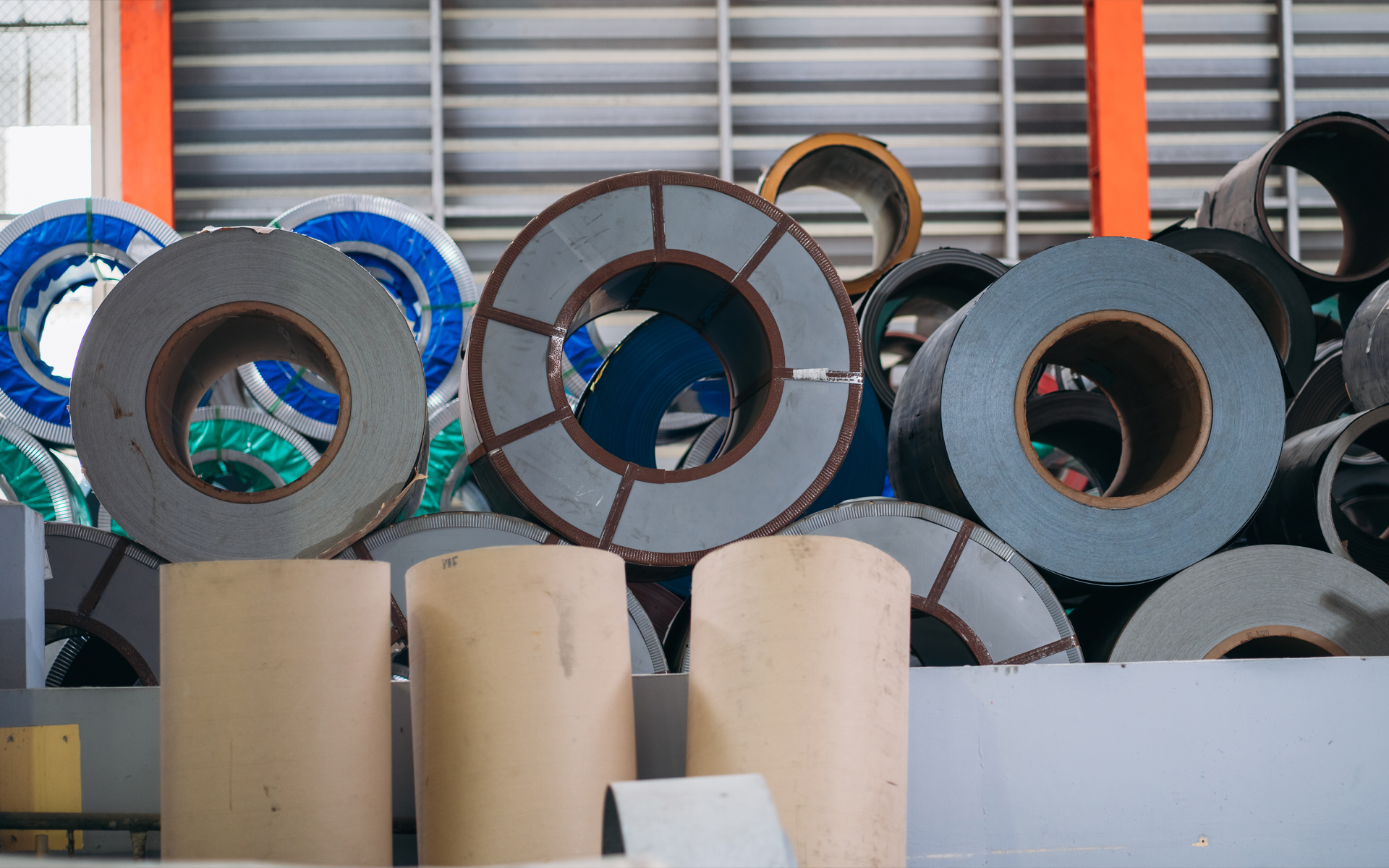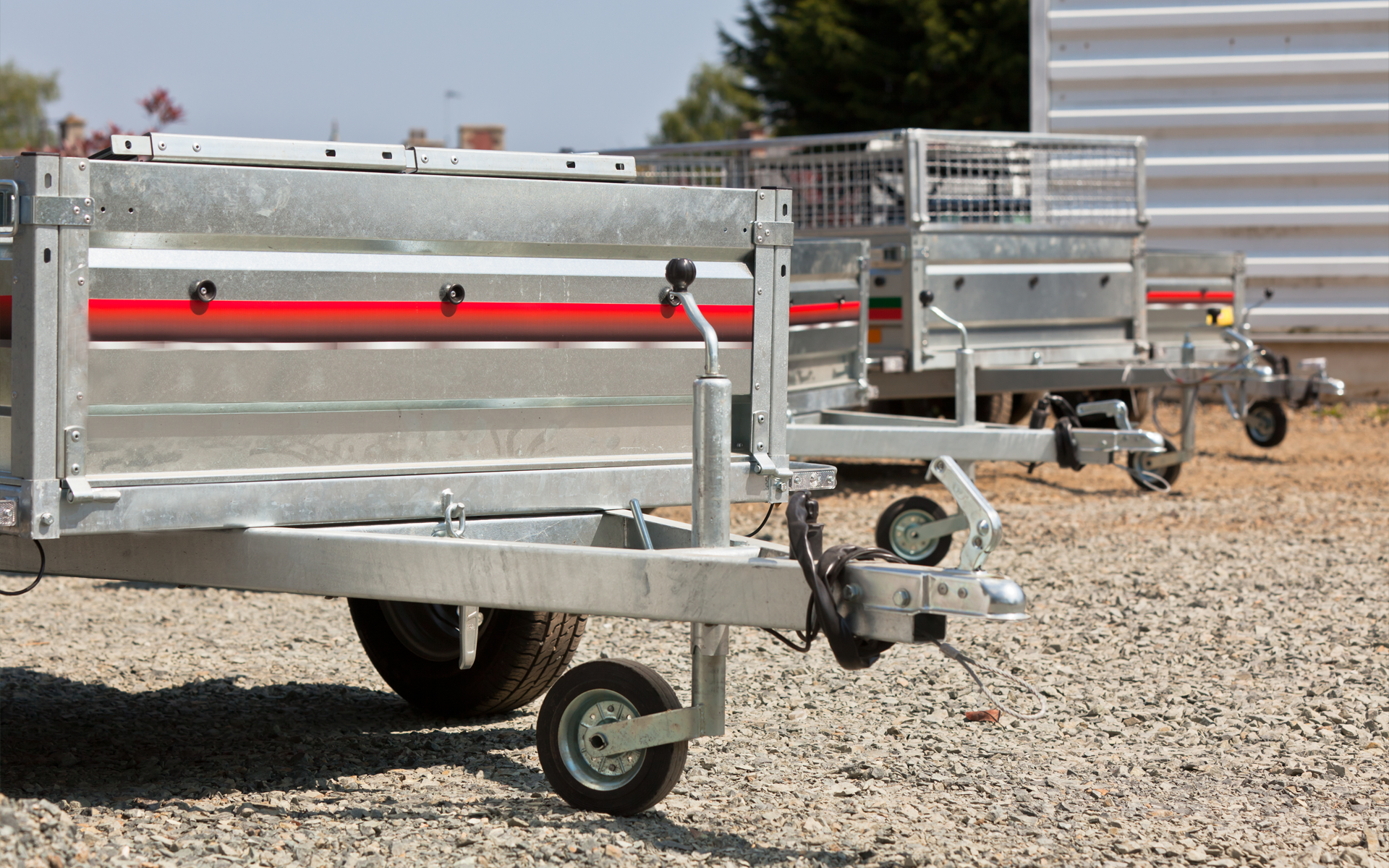Understanding MIL-A and MIL-DTL Armor Plate Standards
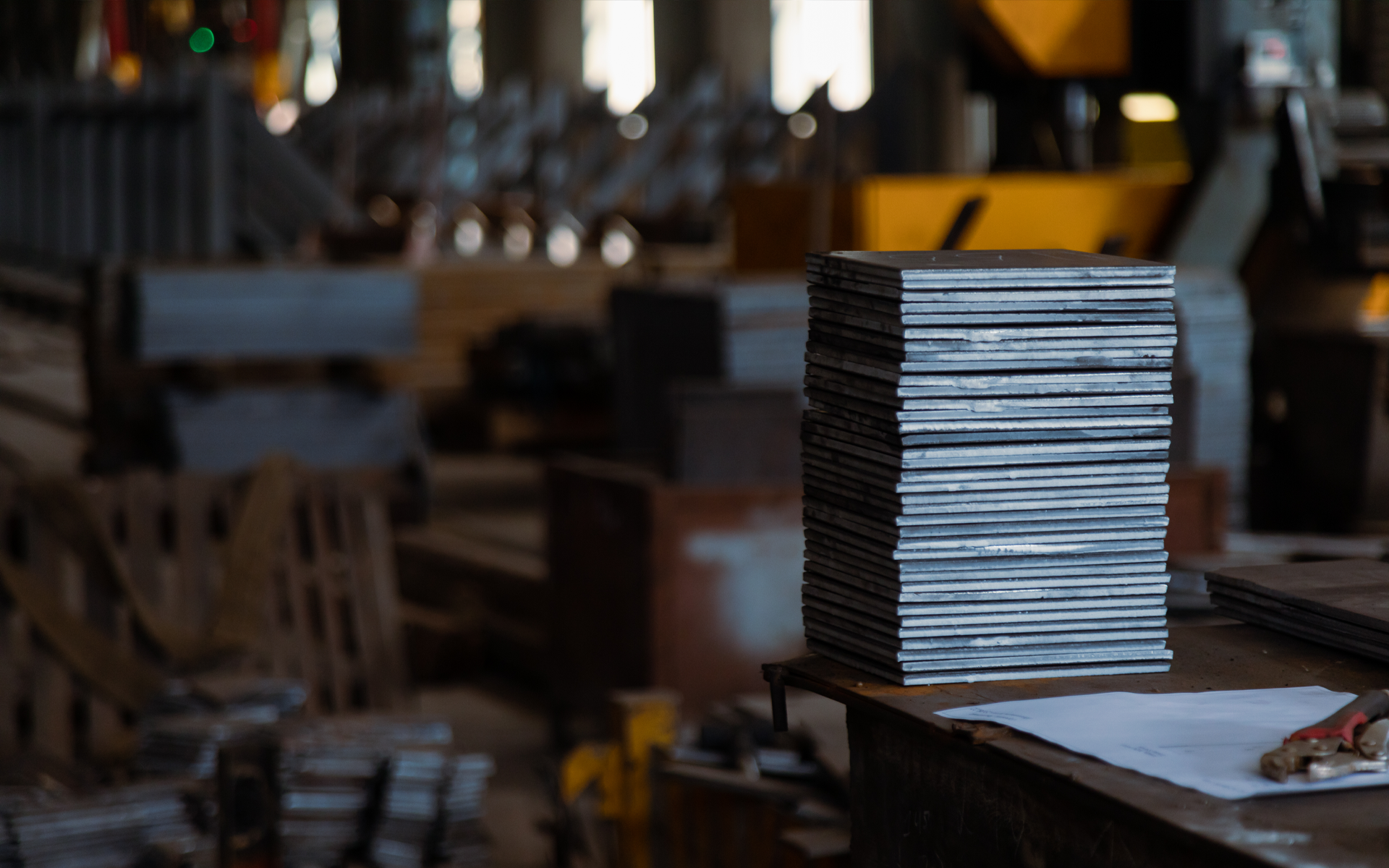
In military and defense applications, armor plate steel must meet rigorous performance criteria. With human lives and mission-critical assets on the line, understanding how armor-grade steels are specified and certified is essential. Two of the most common standards you’ll encounter are MIL-A 46100 and MIL-DTL-12560 each designed to meet ballistic and structural demands in distinct ways.
At Olympic Steel, we supply high-performance steel for defense and tactical applications across the U.S., including armor plate certified to military standards. In this blog, we’ll break down the difference between MIL-A 46100 vs MIL-DTL-12560, help clarify how these standards work, and explain how they influence armor plate selection and performance.
What Are Armor Plate Steel Standards?
Armor plate steel standards are technical specifications developed by the U.S. military to ensure ballistic steel plate meets consistent performance and quality benchmarks. These specifications define a range of characteristics including hardness range, threat protection levels, heat treatment processes, inspection methods, and documentation requirements. Ensuring these elements are met helps military and defense contractors rely on consistent performance under critical conditions.
Among the most important standards in use today are MIL-A 46100, known for its high hardness and ballistic protection, and MIL-DTL-12560, which includes multiple classifications and structural flexibility. Understanding their application is essential to sourcing the right material for your mission.
MIL-A 46100: High-Hardness Armor Plate
MIL-A 46100 specifies quenched and tempered high-hardness armor steel designed to defeat high-velocity projectiles. It typically features a Brinell hardness between 477–534 and comes in thicknesses from 1/8" to 2.5". This steel excels in applications like turret shielding, ballistic protection panels, and armored crew compartments, where weight savings and ballistic resistance are paramount.
It is not usually cold-formed due to its hardness and may require controlled preheat and filler metals for welding. The material’s ability to stop armor-piercing rounds makes it a trusted choice in many military vehicle systems and field equipment.
MIL-DTL-12560: Rolled Homogeneous Armor (RHA)
MIL-DTL-12560 covers a wider array of use cases, as it includes several classes and types of armor plate. The steel generally ranges in hardness from 280 to 400 BHN, though exact values depend on the class. MIL-DTL-12560 supports structural applications, spall protection, and large-format armor panels for heavy-duty vehicles.
This standard offers improved weldability and formability compared to MIL-A 46100, especially in Class 2 and Class 3 materials. It is ideal for large-scale armor projects like tracked vehicle hulls, turret platforms, or combined armor and structural requirements in retrofit kits.
MIL-A 46100 vs MIL-DTL-12560: Side-by-Side Comparison
| Attribute | MIL-A 46100 | MIL-DTL-12560 |
|---|---|---|
| Primary Purpose | High-hardness ballistic protection | Structural + ballistic protection |
| Typical Hardness (BHN) | 477–534 | 280–400 (varies by class) |
| Thickness Range | 1/8" to 2.5" | 1/4" to 6"+ |
| Formability | Limited | Moderate to good |
| Weldability | Moderate (preheat required) | Good (structural classes) |
| Use Cases | Armor panels, targets, barriers | Vehicle hulls, spall liners |
| Certification Requirements | Full ballistic test, heat trace | Ballistic + structural options |
Armor Plate Classifications in MIL-DTL-12560
MIL-DTL-12560 armor steel is categorized by function. Class 1 provides standard ballistic protection as rolled homogeneous armor (RHA), used in primary shielding. Class 2 focuses on structural capability while maintaining moderate ballistic properties, and is often applied to hulls and subframes. Class 3 is optimized for spall protection, offering higher ductility for interior lining and energy absorption zones. Higher classes like 4 and 5 incorporate stricter test requirements and are used for enhanced threat environments.
Which Armor Plate Is Right for Your Application?
For lightweight ballistic defense where high hardness is essential, MIL-A 46100 is typically preferred. It performs best in thin sections where formability is not critical, and where stopping power is the top priority. This makes it ideal for shields, add-on kits, and lightweight armor configurations.
In contrast, MIL-DTL-12560 is suitable when structural support and thicker sections are required. It’s commonly used in the hulls of tracked vehicles, frame reinforcements, and any application where strength, toughness, and flexibility must work together. It also performs well in spall zones or areas requiring multiple classes of protection.
Olympic Steel helps contractors and defense engineers assess formability, weldability, and weight-to-strength trade-offs to make the right selection.
Certification & Traceability
Both armor plate standards require full traceability and compliance documentation. Olympic Steel supplies every order with mill test reports (MTRs), heat numbers, ballistic test data, and optional DFARS compliance. Whether your project is military or commercial, our materials meet Department of Defense specs and contractual requirements.
We also support secure packaging, confidential shipping, and serialized part marking for inventory control or quality assurance protocols. From prototyping to full-rate production, traceability remains our priority.
Common Applications of Each Grade
- MIL-A 46100 finds its way into high-hardness use cases where components must resist direct ballistic impact. Common applications include tactical vehicle armor, mobile shields, perimeter barriers, shooting range plates, and crew protection zones. Its thin profile and superior hardness allow for lightweight defense solutions with reliable performance.
- MIL-DTL-12560 is the go-to standard for structural ballistic applications. It supports armored vehicle hulls, turret structures, marine platforms, and retrofit armor kits requiring complex forming and structural integration. Its versatility across different classes enables tailored protection throughout a vehicle’s build.
Olympic Steel provides both grades cut-to-size and labeled for fast integration into final assemblies, reducing time and complexity at the fabrication level.
FAQs: Armor Steel Plate Standards
Is MIL-A 46100 still valid or has it been replaced?
MIL-A 46100 is still in use and fully supported for many ballistic defense applications. Some procurement specs may transition to newer formats, but Olympic Steel continues to offer certified MIL-A 46100 plate.
Can MIL-DTL-12560 be used structurally?
Yes. Especially in Class 2 and higher, this steel offers excellent toughness and weldability, making it well-suited for structural roles in addition to ballistic defense.
Are these grades easy to weld?
MIL-DTL-12560 is more weldable, while MIL-A 46100 requires more control during welding to prevent cracking. Olympic Steel offers guidance for both.
Do you supply armor plate in kits or flat layouts?
Yes. We can cut, label, and package armor plate to your spec or drawing, allowing for efficient field or plant-level assembly.
What documentation is included with each shipment?
Each plate shipment includes MTRs, ballistic testing certification, and compliance paperwork needed for audit or program validation.
Final Thoughts: Choosing the Right Armor Plate
Armor steel standards like MIL-A 46100 and MIL-DTL-12560 give manufacturers the consistency and performance they need to support military-grade protection. Selecting the correct grade depends on thickness, formability, structural load, and the level of ballistic resistance required.
Olympic Steel is proud to support defense, tactical, and OEM partners with certified plate, in-house processing, and documentation support. Whether you need high-hardness panels or multi-class structural armor, we’re equipped to help you execute.
For quotes, cut sizes, or defense compliance questions, contact Olympic Steel today.
